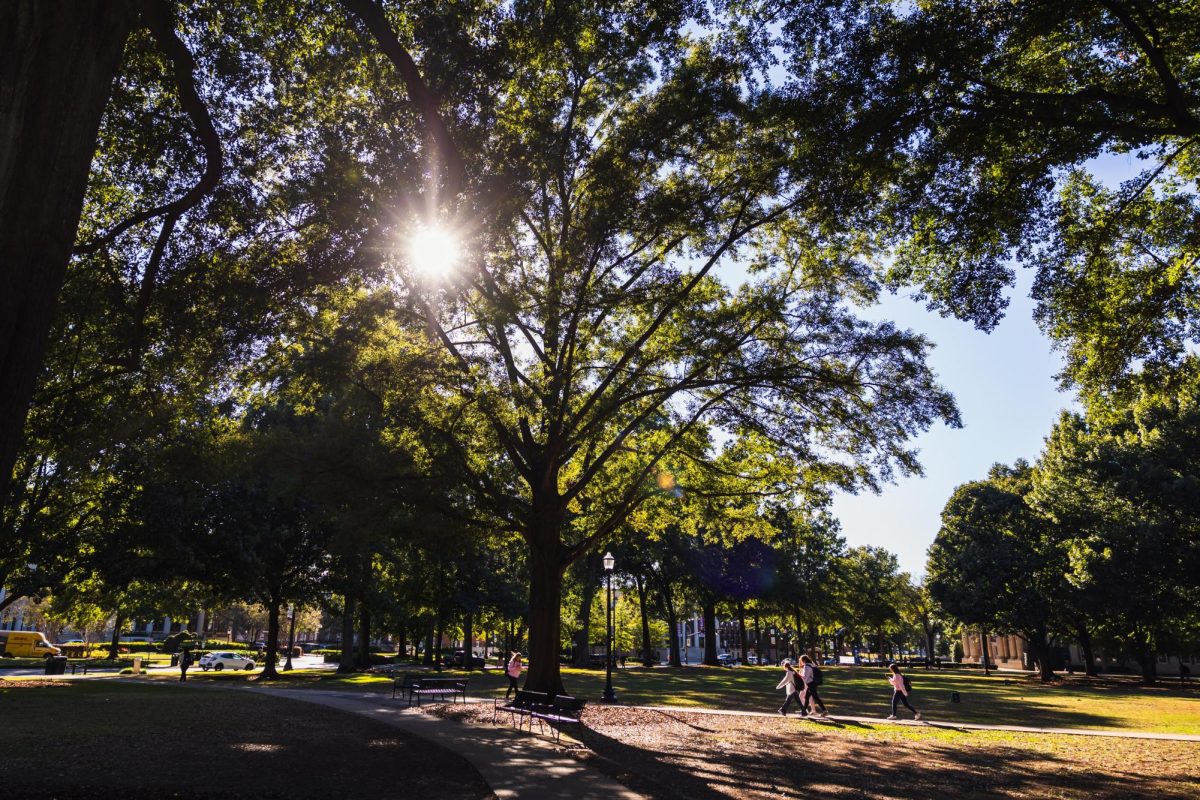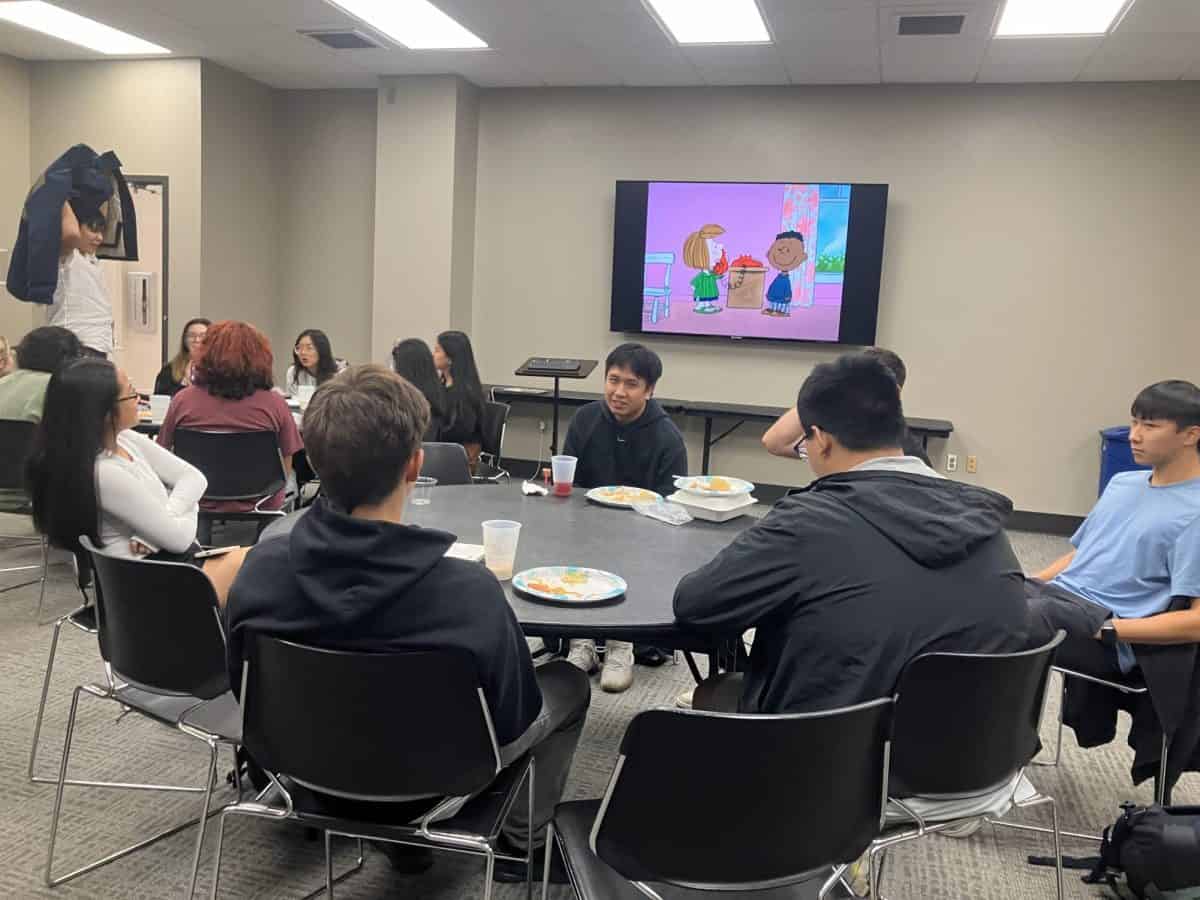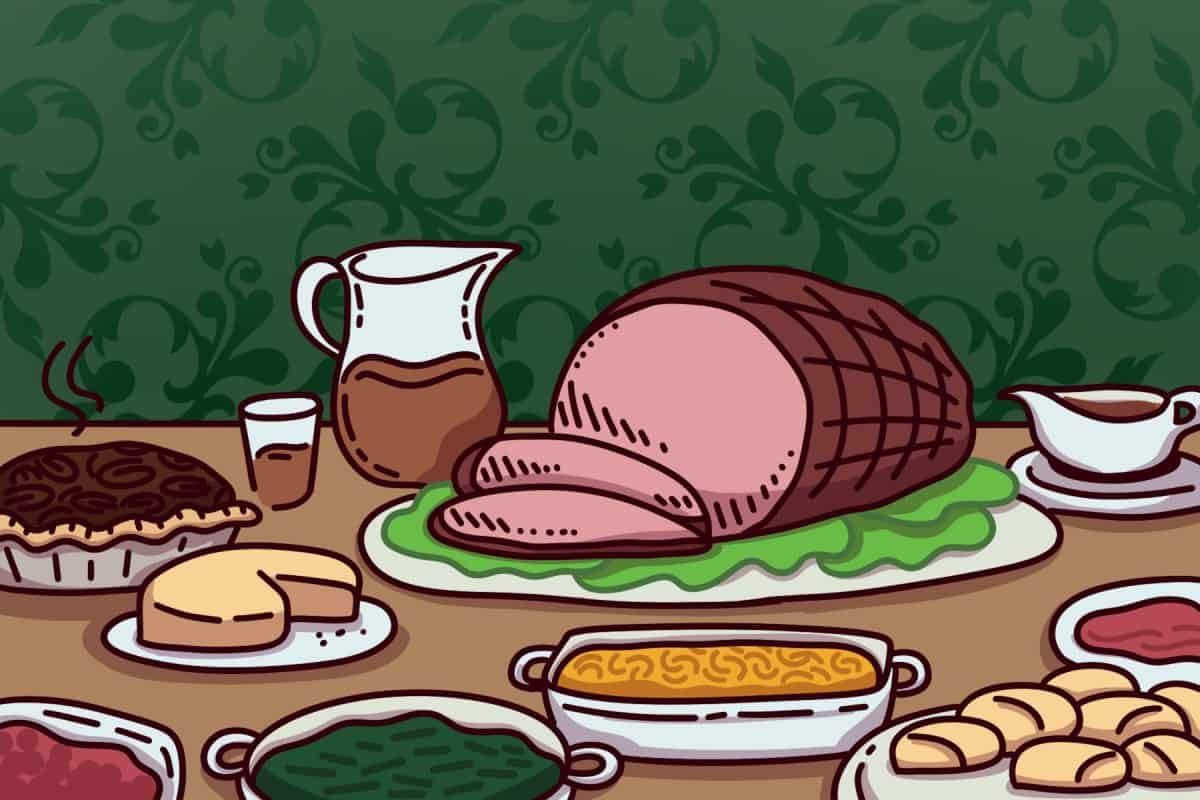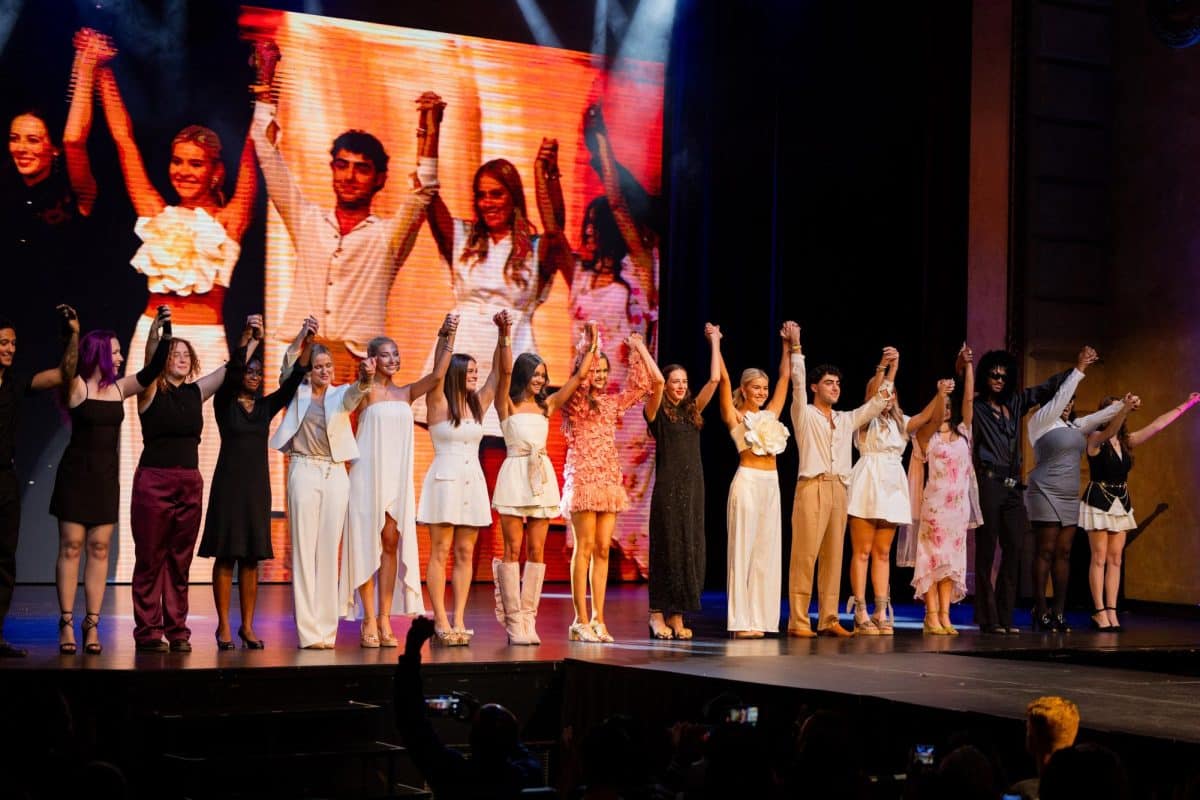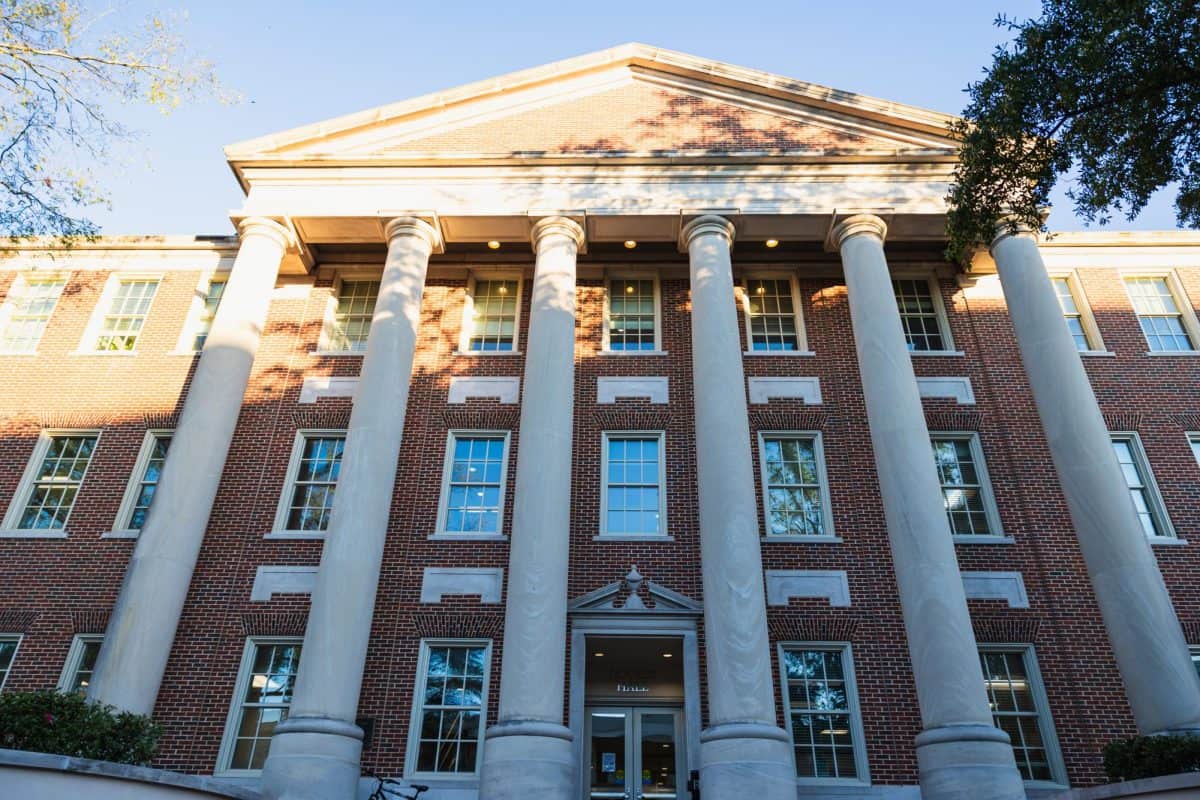The University’s Department of Art and Art History is showcasing faculty art in its biennial exhibition at the Sarah Moody Gallery of Art until Feb. 12. Inside, attendees will find selected works from 12 faculty artists.
Their works are extremely diverse, ranging in form, message and movement. In the exhibit, viewers will experience both the compelling photography of associate professor Allison Grant and an eye-grabbing sculpture by assistant professor Jamey Grimes.
As the director of the gallery, associate professor William Dooley curated the exhibit to reflect the research values of the art department. In an interview, Dooley noted that the purpose of this exhibit is to “feature ongoing research by faculty whose appointments include the expectation that they pursue studio research,” as a way to allow both art and art history students to experience works in person.
Dooley said exhibits are critical to the education of those majors, as being exposed to such works allows students to learn about a diverse range of art. As such, the works selected for the gallery range in their artistic movements so that students can see the starkly different interests of University faculty.
Andrew Morgan, a freshman majoring in history, appreciated that attending a University gallery grants the opportunity to learn more about a piece directly from the artist, as opposed to bigger museums in which artists are often inaccessible to students.
“I think that a good way to immerse yourself is to meet [the artists to] see exactly what they wanted to convey,” Morgan said.
Dooley also emphasized the importance of students being able to see representation from faculty work. In this specific gallery, he believes, “the artist can train a scholarly eye” through both the presentation of works and education through them.
After seeing the gallery, Morgan said that it brought “more of a realistic perspective” for prospective art students by granting them the ability to learn from the artists. As such, majors and minors under the art department have access to information that would be otherwise unreachable from a non-University gallery.
Still, the gallery is a worthy visit for any University student or Tuscaloosa community member. With such a unique gallery, students from all backgrounds have something to take away. That could be a paper topic, a moral lesson or a new favorite artwork. On that, Morgan noted that “there’s something for everyone.”
Another attendee of the gallery was Bella Love, a sophomore majoring in psychology. She enjoyed seeing art professors, rather than students, showcasing their work.
“It’s nice to let faculty shine and not be stuck behind the wall of education,” Love said.
With her major, Love acknowledged her separation from the field of art but was struck by the similarities between research in art and psychology she found at the gallery. She compared what she saw about the creation of art to the scientific process, noting that both researchers and artists go in with a hypothesis about their work and that the conclusion sometimes follows their hypothesis but often can go in entirely new directions.
Attendees can use the gallery to find a different perspective on their research or find comparisons to themselves through a new canvas.
One piece in the exhibit was that of assistant professor Melissa Yes, who incorporated artificial intelligence into her digital video piece “Belief,” which sheds light on the nature of AI’s new role in humanities as a whole. The digital piece was shown on an analog television, which Dooley believes holds a powerful message.
“I’m interested in the metaphor going on,” Dooley said. “It is noticeable in her work because of the digital-analog tension that is produced.”
From that piece, both Morgan and Love saw meaning about the future of AI. Morgan said that it showed how AI is not necessarily a threat to art, as with it one “can build anything [they] want, with AI as a creative tool itself.”
Love was more surprised to see the level of technology integrated with traditional art, expressing surprise that the two are combining at such a level. She also noted how it can represent the danger to freelance artists, who can be sidestepped by corporations that “can use AI for free as opposed to having to pay someone.”
To see Yes’ work and more, visitors can attend the gallery on weekdays from 9 a.m. to 4:30 p.m. And if caught by one of the pieces, they can find more information on the art department’s website.
“The department website has good information on who’s featured,” Dooley said. “There’s a lot of information online to pursue about that artist or that exhibition.”




